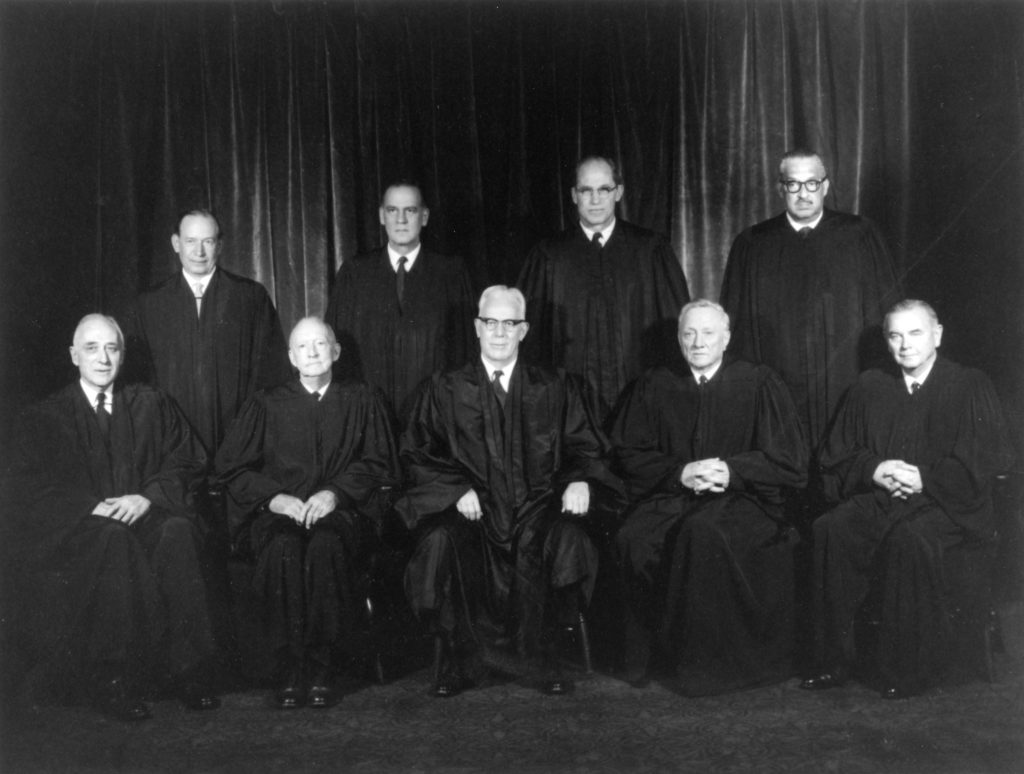





In the 1960s, all men who registered for the draft received a credit-card size cardboard certificate. The small white “draft card” displayed important information about the registrant, including his name, address, birthday, physical description, draft status, and selective service number. Men were required to carry their draft cards at all times. Before computers were commonly used, these physical records helped the government easily identify people who were eligible for the draft. During wartime, officials could order young men to produce their cards on demand and ensure they were not evading the draft. Congress made it a federal offense to “knowingly destroy, knowingly mutilate, or in any manner change” a draft card. Opponents of the Vietnam War would deliberately violate this law. They publicly burned their draft cards as a symbol of protest.
In March 1966, David Paul O’Brien and three others burned their draft cards on the steps of the South Boston Courthouse in the presence of a sizable crowd.